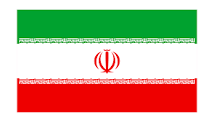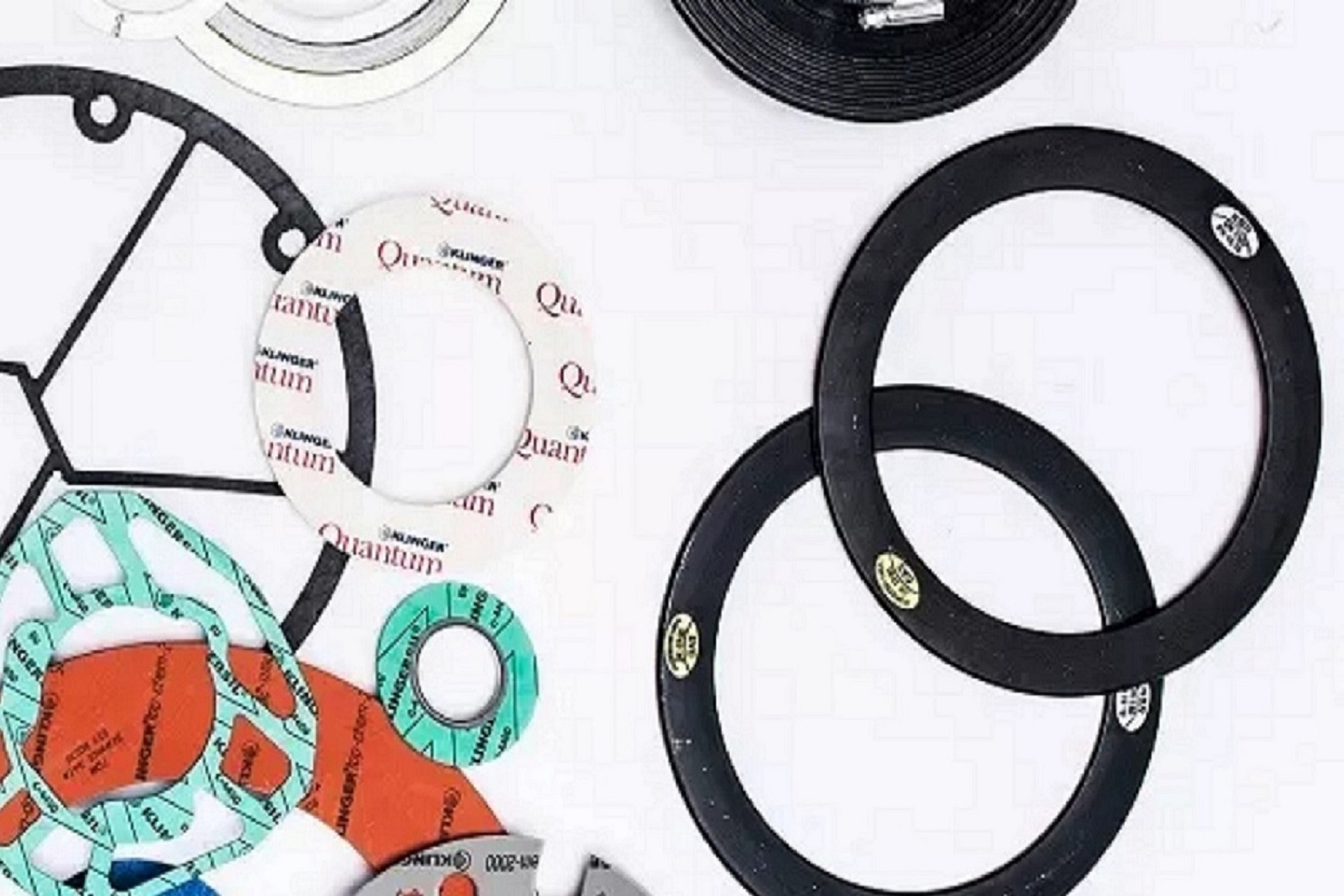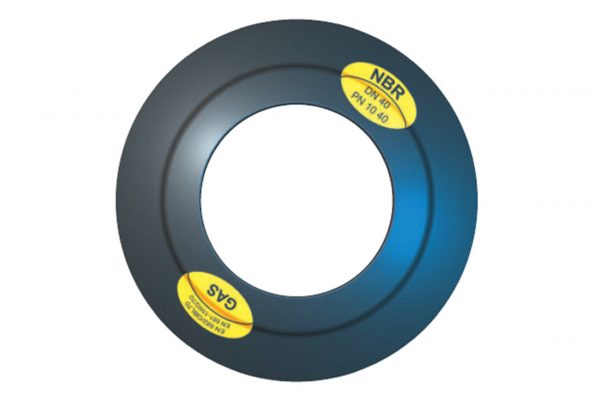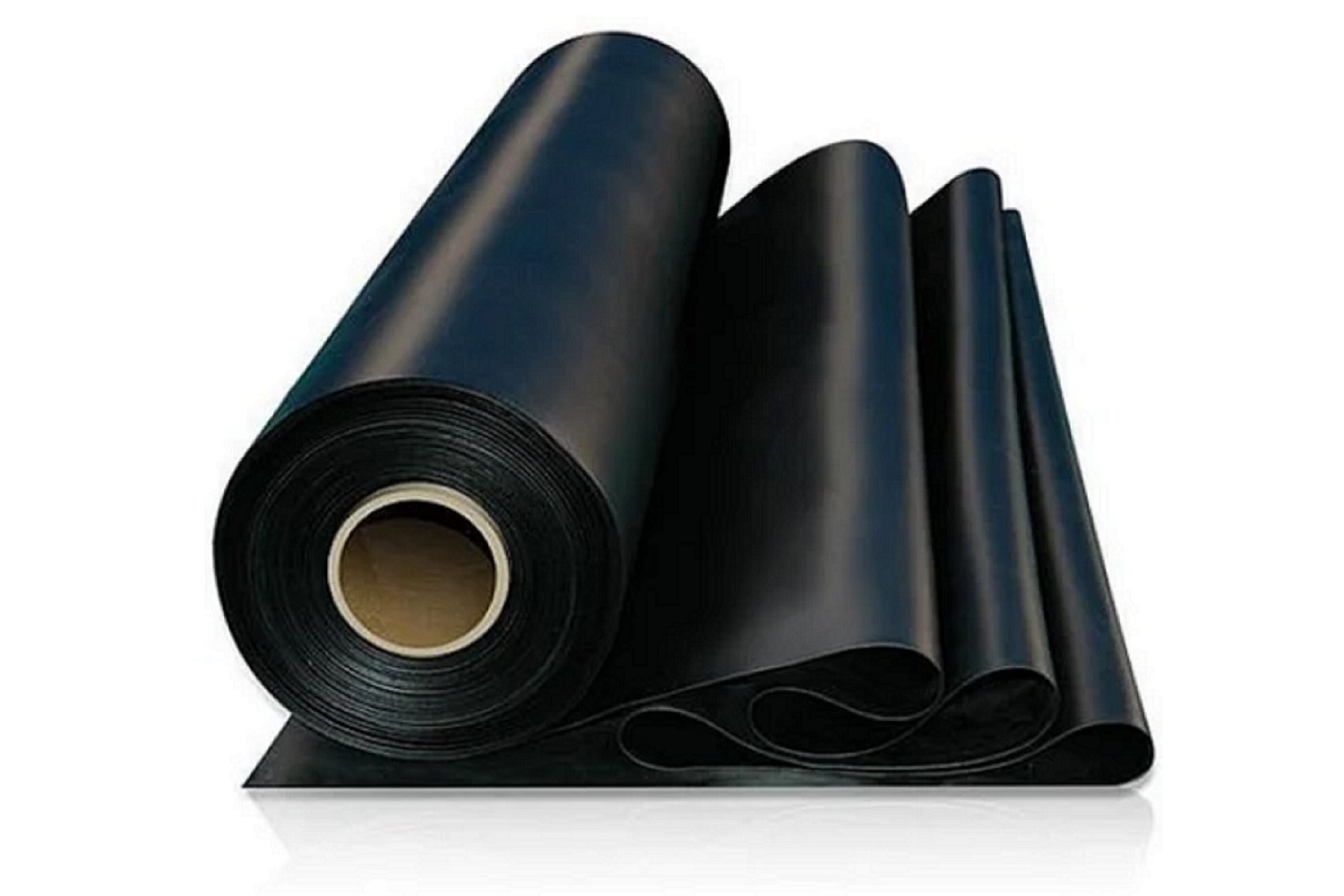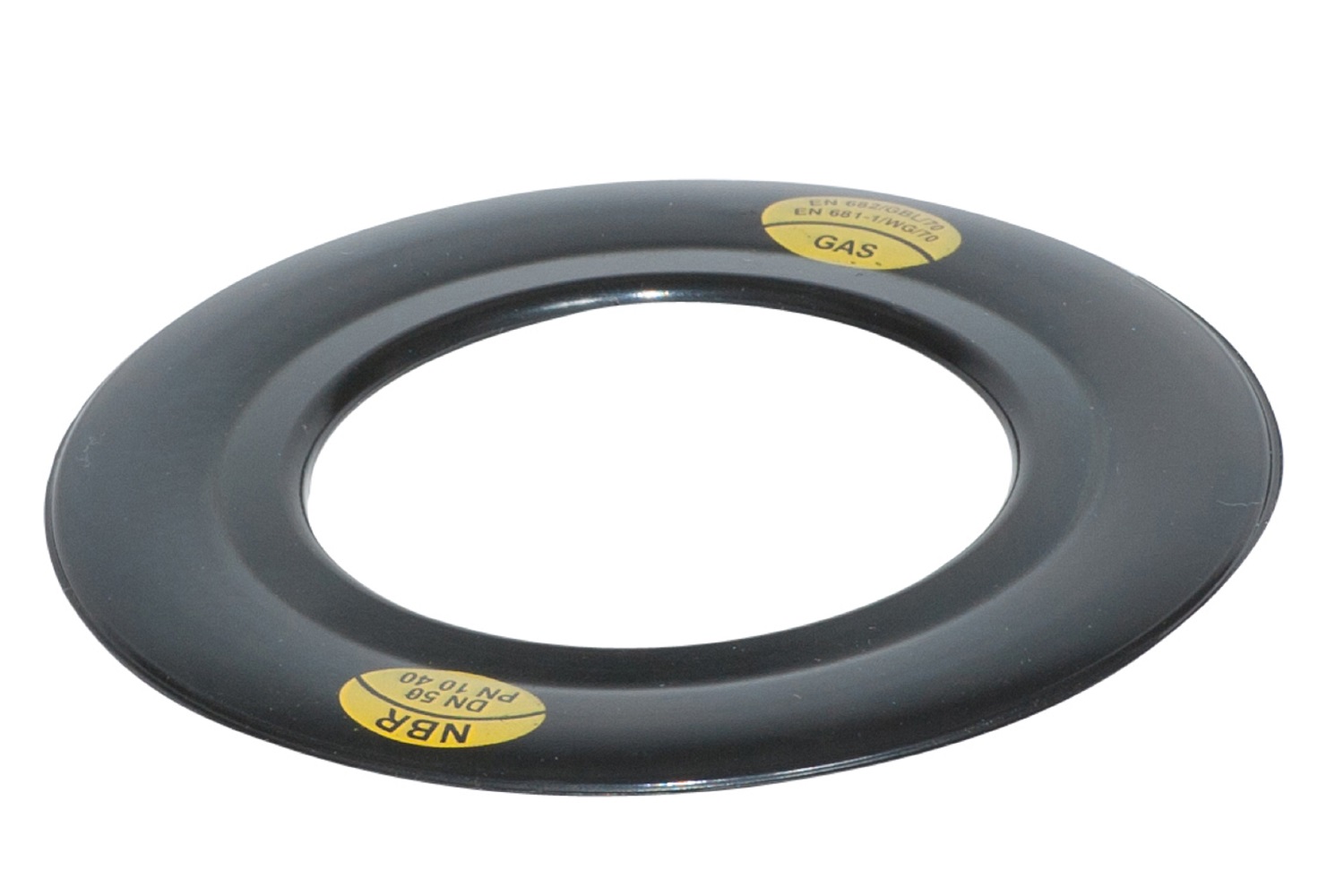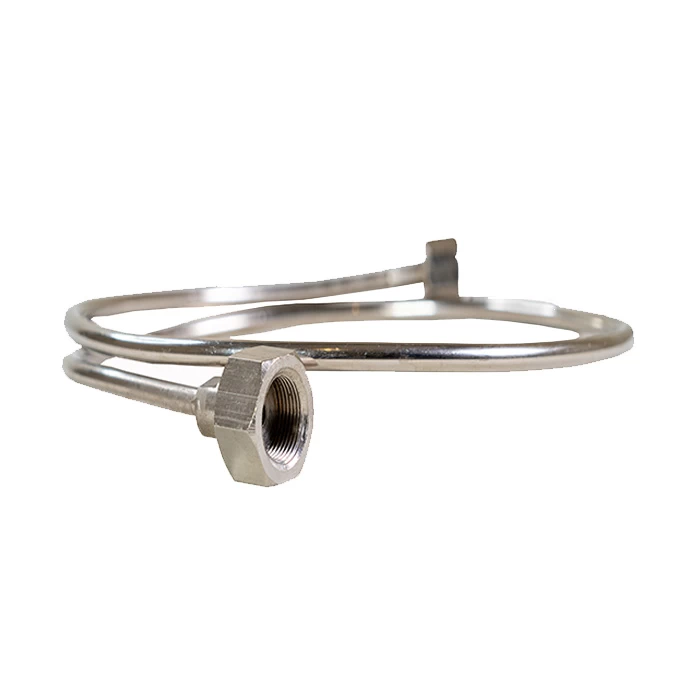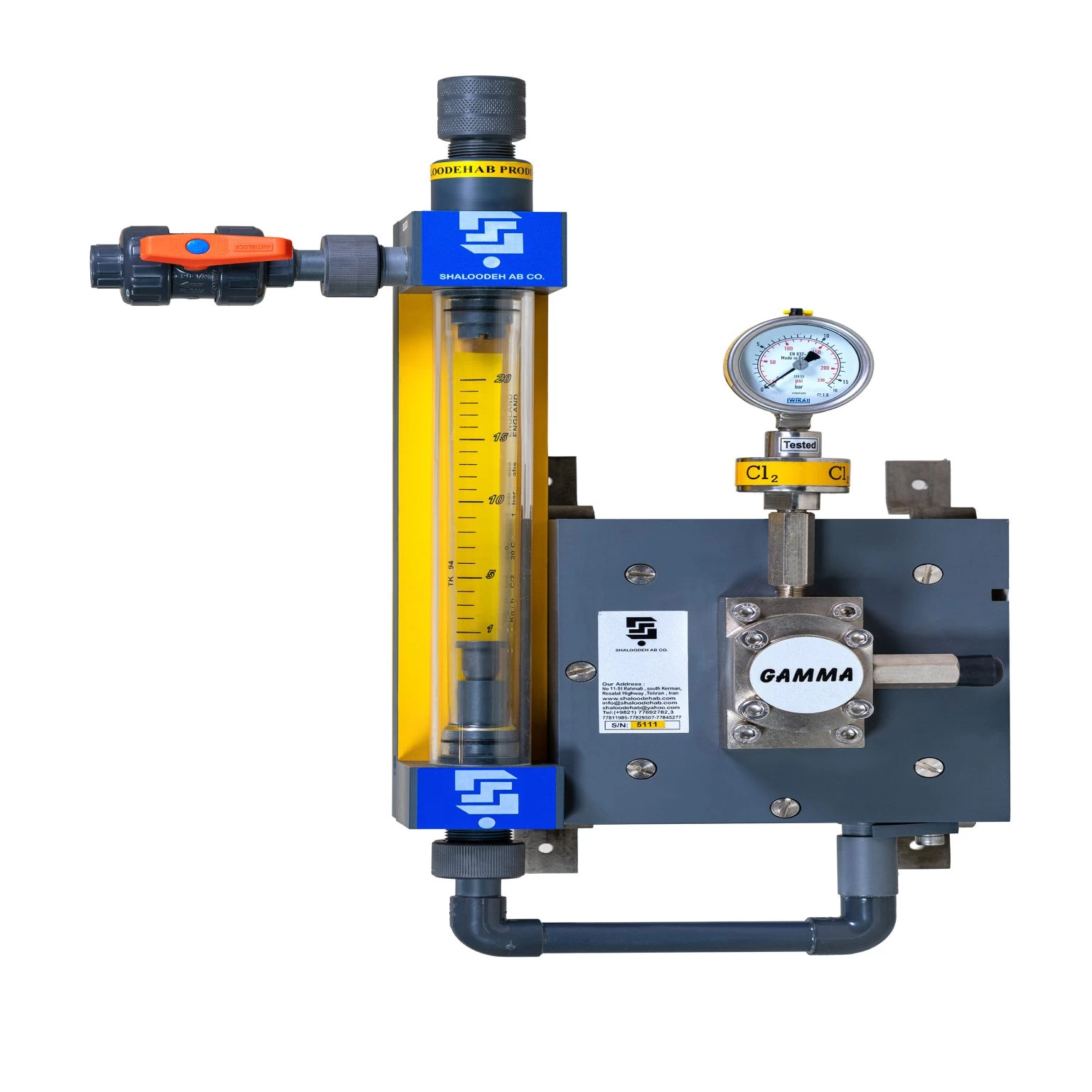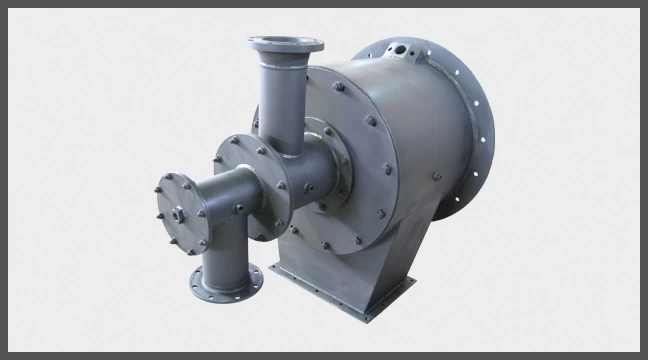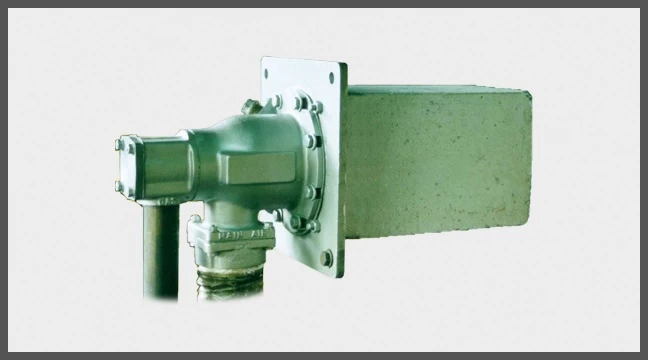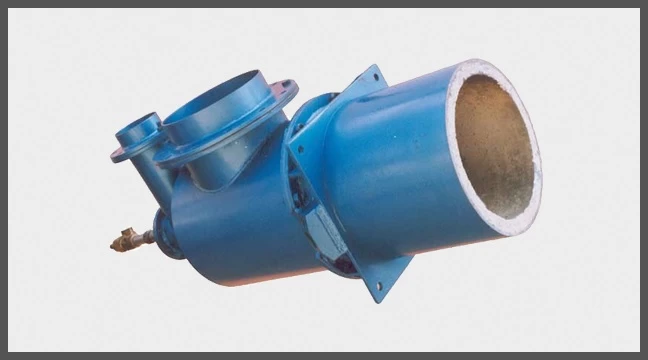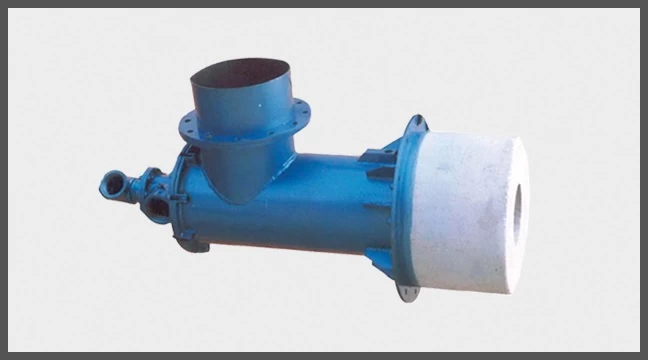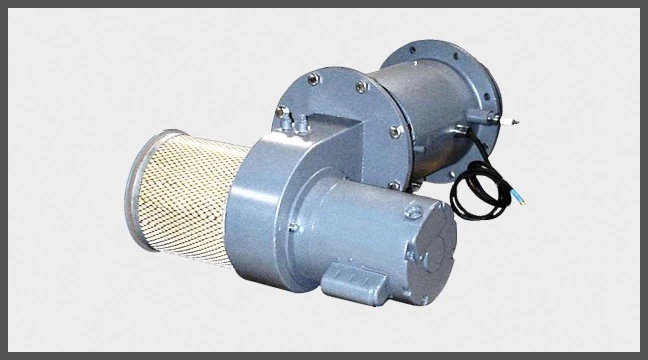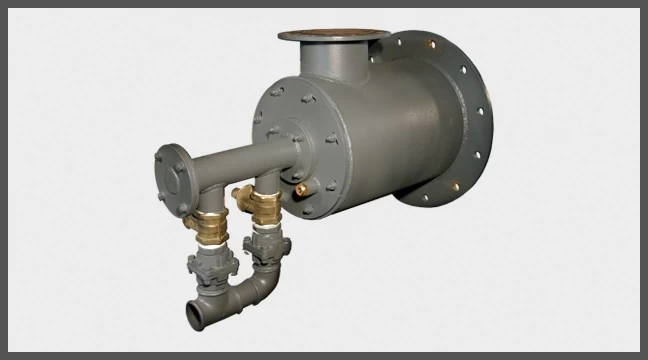These types of sheets, whose base material is based on polymeric materials, are produced from two types of natural and synthetic fibers. Rubber sheets have an acceptable performance in insulation and sealing of industrial systems due to their acceptable flexibility as well as tolerating temperatures above 100 degrees and pressure of about 20 bar.
Thermal and electrical conductivity, resistance to ultraviolet rays, resistance to cold, resistance to impact and pressure are some of the features that this type of rubber sheets have.In general, two methods are used to produce rubber sheets. The first method: is the calendering method, during this process, raw materials pass through rotating rolls and sheets are created. In the second method, which is called the pressing method, the raw materials are placed between the pressing plates and a sheet-shaped product is created.
These types of sheets are available in SILICON, NBR, SBR, NEOPRENE, VITON, HNBR and in various dimensions, even in roll form and in thicknesses of 0.5 to 50 mm. Also, for greater strength, it is possible to produce sheets reinforced with wire or manjid thread.Today, rubber sheets are among the most available and cheapest types of sealing sheets in the oil, gas and petrochemical industries, which are economical to use in pipelines and refinery equipment due to their proper performance.
Klingran rubber sheets with high quality and use of first-class raw materials are among the best sheets in the market.
 +7929688-88-14
+7929688-88-14

 English
English
 Persian
Persian
 Russian
Russian
 Chinese
Chinese


 +7929688-88-14
+7929688-88-14

 Industrial equipment
Industrial equipment
